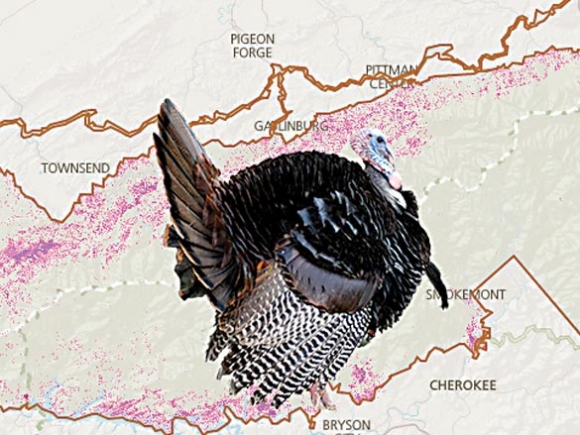Species mapper unveiled in the Smokies

Anyone with an internet connection can now pull up a map showing where they might encounter any of 1,800 Smokies species, thanks to the newly launched Species Mapper web application.
Created through a partnership of the Great Smoky Mountains National Park’s Inventory and Monitoring Branch, and University of Tennessee Knoxville’s Department of Electrical Engineering and Computer Science and School of Arts, the application allows users to select individual species from a drop-down menu to reveal a map of where that species might be found in the park.
The mapper uses locations where the species have been found to help predict additional places where they might occur in the park. The predictions are based on observations made during resource monitoring and research studies. The result of the model is a reliable distribution of where each species lives in the park.
“This application allows park managers to use the vast amount of biological data collected over the past three decades to protect park resources and assess the potential impact from disturbances like hemlock woolly adelgid and emerald ash borer,” said Inventory and Monitoring Program Manager Tom Remaley. “Visitors can use this site to explore what lives in the park and what they might see during their visit.”
“This project is about plowing through large quantities of data and an immense computational space to bring scientific insights to the fore,” added Jian Huang, a professor in the EECS department.
Park managers will continue adding observations, increasing the mapper’s accuracy and the number of species it includes. Many of these observations will come from the All Taxa Biodiversity Inventory, coordinated by Discover Life in America to inventory biodiversity in the Smokies. While the application lists just over 1,800 species, more than 19,000 species have been recorded in the park, with nearly 1,000 of those never seen elsewhere in the world before being discovered and described in the Smokies.





